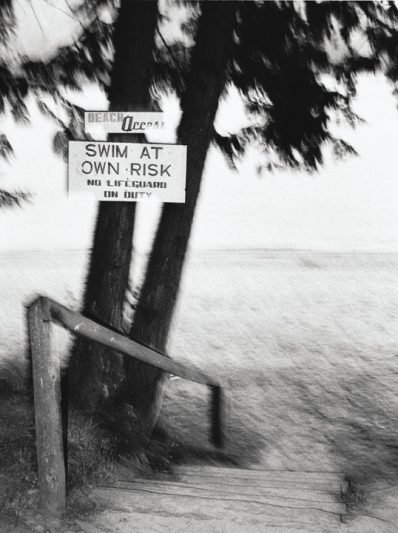Atlanta based photographer Zack Arias had a recent blog post called Imperfect Work: Blowing it on Purpose with samples of work that was technically off but worked for the assignment he was working on. He showed images that were blurred, out of focus, had unusual focus or awkward posing.
They were all ‘wrong’ but they worked for shoot in question.
The one thing the photos are not, is mistakes.
The photographer made deliberate choices to create the an effect even if traditionally that effect has been considered an error.
It’s an important distinction to make especially for beginning photographers. You have to learn the rules before you can break them properly.
When marking students papers I’d often come across a photo that was tilted, out of focus or blurred. The out of focus or blur was usually just sloppy photography. The tilted frames though were often deliberate. The tilt usually added nothing to the image, was usually inappropriate for the assignment. When asked why they had shot the assignment that way the most common answer was that they thought it made the photograph more interesting but they weren’t able to answer why that was so or how the tilt enhanced the image. The reality was they had seen where a photo had been tilted for an effect and it struck them as an easy solution to photographic challenge. Instead of finding a better location, pose or lens they simply tilted the camera and there it was, an interesting photo.
It wasn’t though. It was still a failure, but now it was a tilted failure.
It’s easy to look through magazines, blogs and websites and to see lots of examples of blurred, out of focus, grainy, distorted imagery that is stunning but there is an equal amount that is just lazy or unskilled photography.
Photographers need to know not only how to create effects or looks, they need to know when they are critical for the image or assignment in question and then apply them.
Make sure when you make an error, it’s not a mistake.
